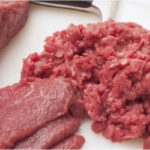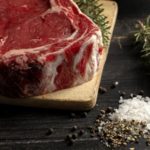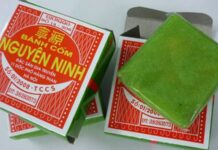To buy quality beef, you need to pay attention to the following points:
– Fresh and good-quality beef will have a vibrant red color, a sticky texture when touched, firm and small cuts, neither too dry nor too wet.
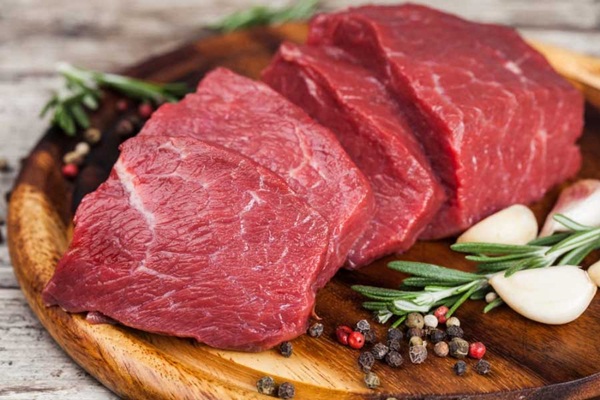
– In particular, you need to know how to differentiate between young and old beef: Old beef will have a dark red color, chewy texture, and takes a long time to cook. So, please avoid buying it. Young beef will have white fat, fine and tender meat. This is the best type of beef.
– Although both are beef, female beef will be softer, sweeter, and more delicious compared to male beef.
– When pressing your fingers on the beef and it bounces back well without any bad smell, that is the sign of good-quality beef.
How to use beef for different dishes:
– For stir-fried dishes: It is best to use sirloin or tenderloin. The meat will be tender without being tough when stir-fried.
– For braised dishes (beef stew, beer-braised beef, etc.), choose meat with tendons or cartilage such as beef shank, tendon, oxtail, or beef thigh. The dish will be more delicious. When cooking braised beef dishes, add ingredients like garlic, ginger, cinnamon bark, star anise, the dish will be more flavorful, not greasy, and have higher nutritional value.
– For grilled dishes: It is best to use sirloin or meat with a little fat content. The grilled beef will be more flavorful.
How to stir-fry beef without it being tough:
To prevent beef from being tough in stir-fried dishes, you need to use high heat and stir quickly. The faster the meat is cooked, the more delicious and tender it will be. If you’re stir-frying beef with vegetables, stir-fry the vegetables first until cooked, then quickly stir-fry the beef. When the beef is cooked, add the vegetables, stir a few more times, and turn off the heat immediately. This way, the beef will always remain tender, tasty, and not tough.
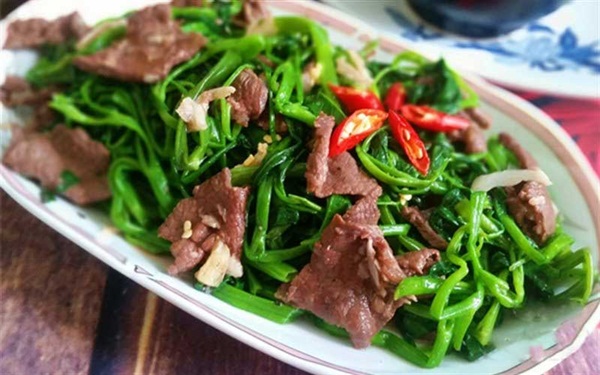
To tenderize beef, add a little salt when cooking. For beef tendons, beef rump, pork ribs, that you want to cook quickly without stewing for a long time, put a piece of pineapple, an ice cube, or a small spoon in the pot.
Source: Khoevadep



























